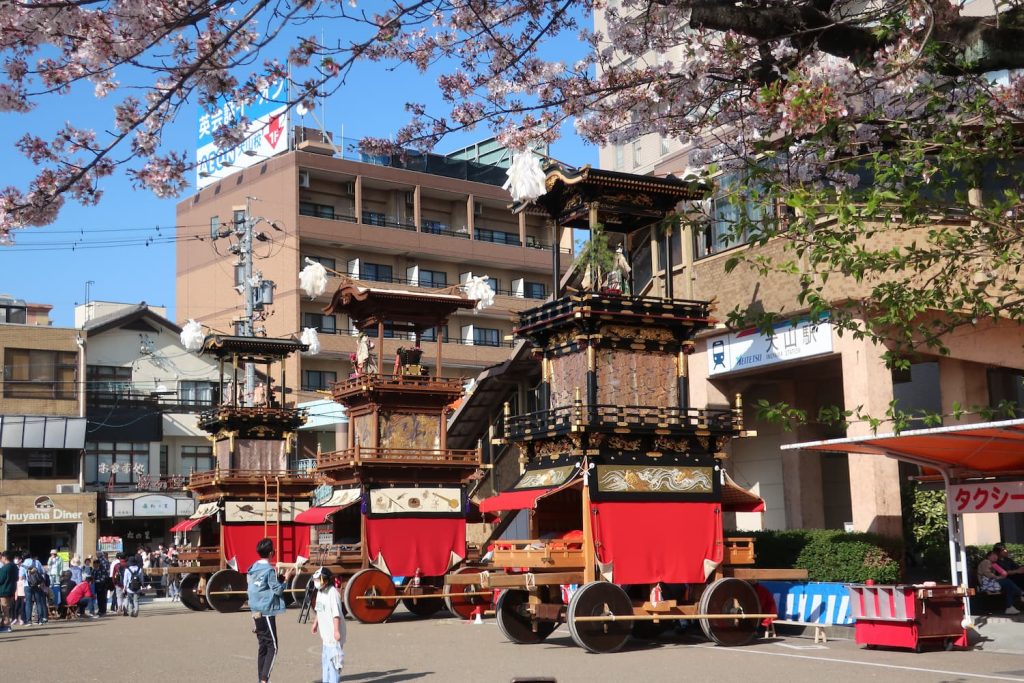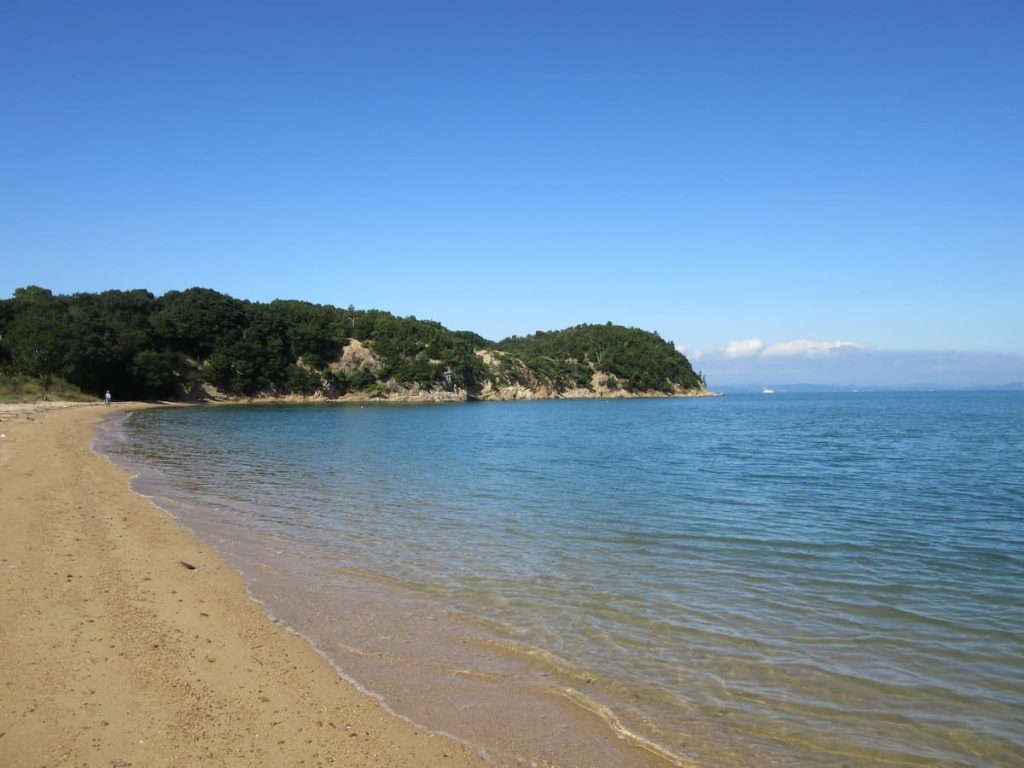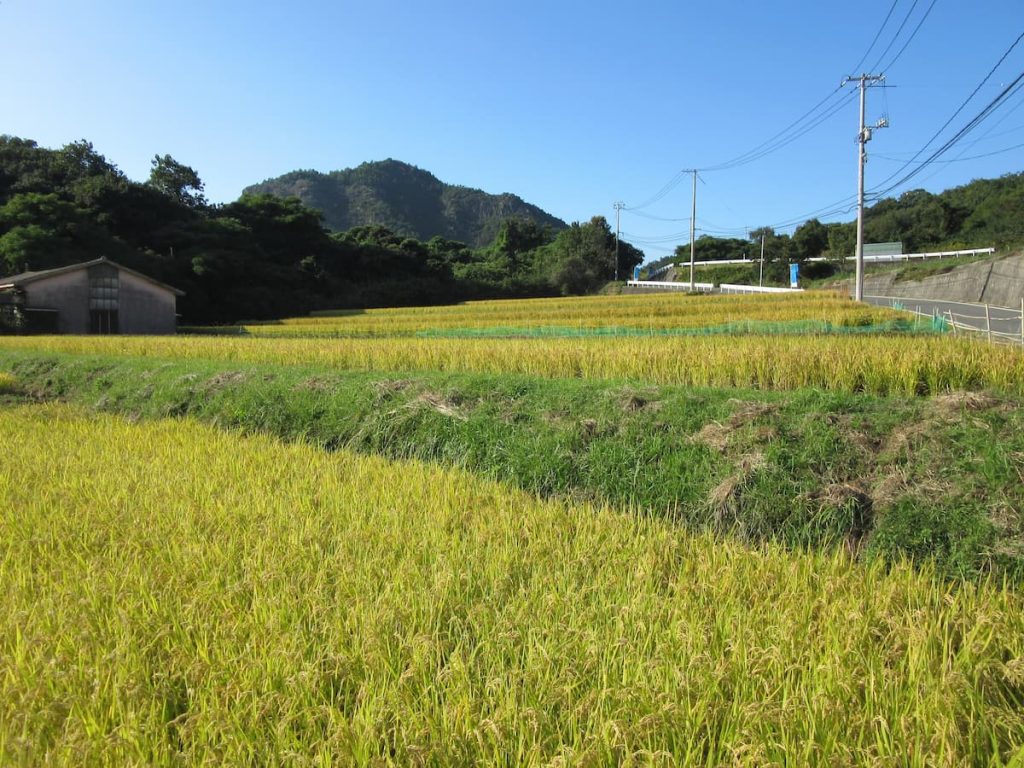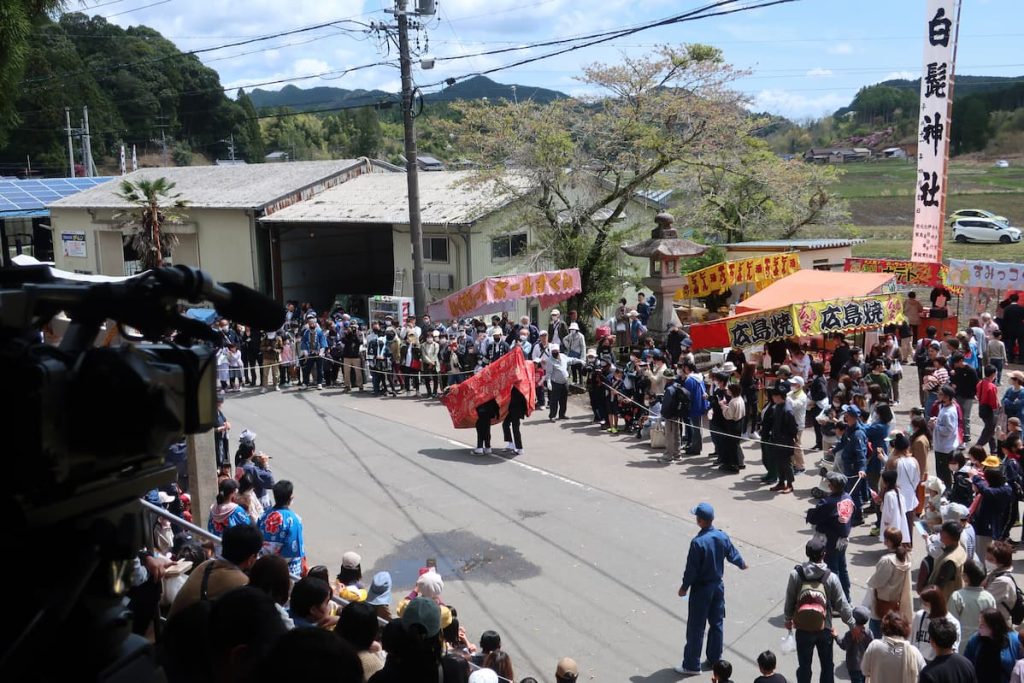When is the Best Time to Visit Japan?
If you’re planning a trip to Japan, you may be wondering which season is the best to visit. Japan has four distinct seasons, each offering unique landscapes, weather conditions, and travel experiences. The best time to visit depends on what you want to see and do.
In this guide, we will explore the characteristics of each season, highlighting both the advantages and disadvantages. Use this information to choose the perfect time for your visit to Japan.

Spring in Japan (March–May)
Pros of Visiting Japan in Spring
Beautiful Blossoming Flowers
Spring in Japan is synonymous with cherry blossoms, which bloom from late March to late April. While cherry blossoms are the most famous, other flowers also bloom during this season. Tulips brighten up gardens in March and April, wisteria blooms in late April, and azaleas flourish from April to May. Spring in Japan offers a colorful and picturesque landscape beyond just cherry blossoms.
Stunning Fresh Greenery
In early May, fresh green leaves emerge, covering the landscape with vibrant colors. This period, known as “shinryoku” (new greenery), makes parks and forests particularly beautiful.
Picturesque Rice Fields
In May, rice planting begins, and the fields are filled with water, creating stunning mirror-like reflections of the sky. The sound of frogs croaking in the rice paddies adds to the tranquil rural atmosphere.
Traditional Spring Festivals
April is a prime season for festivals, many of which celebrate good harvests. If you visit Japan in April, check local schedules to experience unique cultural events and festivities.
Pleasant Weather
Spring offers mild temperatures and low rainfall, making it an ideal time for outdoor activities like hiking.
Cons of Visiting Japan in Spring
Golden Week Crowds (Late April–Early May)
Japan’s Golden Week is a national holiday period when many people travel domestically. Expect crowded tourist spots, fully booked hotels, and expensive accommodations. If possible, avoid visiting during Golden Week to have a more relaxed trip.

Summer in Japan (June–August)
Pros of Visiting Japan in Summer
Vibrant Summer Festivals
August is festival season in Japan, with many events held during the Obon period (Mid-August). Fireworks festivals, traditional dances (Bon-Odori), and summer fairs create a lively atmosphere perfect for experiencing Japanese culture.
Beach and River Activities
From July to August, Japan’s beaches open for swimming, with seaside stalls selling snacks and drinks. Riversides become popular spots for barbecues and camping, making summer the best season for water activities.
Cons of Visiting Japan in Summer
Extreme Heat and Humidity
From June, humidity levels rise sharply, making the weather feel uncomfortably hot. In July and August, temperatures can exceed 30°C (86°F) even at night. Sunstroke is a risk, so hydration and sun protection are essential.
Obon Travel Rush (Mid-August)
During Obon, many people travel back to their hometowns, causing heavy congestion on trains, highways, and flights. Tourist spots also get crowded, and accommodation prices rise.

Autumn in Japan (September–November)
Pros of Visiting Japan in Autumn
Stunning Autumn Foliage
From late October to November, Japan’s mountains and parks transform with brilliant red and yellow leaves. Popular foliage spots include Kyoto, Nikko, and Hokkaido.
Cultural Events and Exhibitions
Autumn marks the start of major cultural events, concerts, and art exhibitions. Museums and temples often host special exhibitions, making it a great time for cultural enthusiasts.
Comfortable Weather
While September is still warm, October and November bring cooler, more comfortable temperatures, perfect for hiking and exploring nature.
Golden Rice Fields
In September, rice fields turn golden, creating stunning rural landscapes. The sound of autumn insects also enhances the seasonal charm.
Cons of Visiting Japan in Autumn
Typhoon Season (September)
September is peak typhoon season, which can bring heavy rain, strong winds, and travel disruptions, including flight cancellations and train delays. If visiting in September, have backup plans in case of bad weather.

Winter in Japan (December–February)
Pros of Visiting Japan in Winter
Amazing Winter Sports
From January to February, Japan’s snow-covered regions, such as Hokkaido and Nagano, offer world-class skiing and snowboarding experiences.
New Year’s Shrine Visits (Hatsumode)
New Year is one of Japan’s most important holidays. Visiting a shrine for “Hatsumode” (first shrine visit of the year) offers a glimpse into Japanese traditions. Shrine stalls sell festive foods, adding to the cultural experience.
Cons of Visiting Japan in Winter
Harsh Cold Weather
Even in non-snowy regions, winter in Japan can be surprisingly cold due to strong winds. Outdoor sightseeing can be challenging if you are not used to cold weather.
Year-End Travel Rush (Late December–Early January)
During the New Year holiday, public transportation is extremely crowded, and long-distance travel can be difficult. Flights and bullet train tickets sell out quickly, and hotel prices rise.

Summary: When Should You Visit Japan?
- Spring (March–May): Best for cherry blossoms, fresh greenery, and pleasant weather
- Summer (June–August): Best for festivals, beaches, and fireworks, but very hot and humid
- Autumn (September–November): Best for fall foliage, cultural events, and mild temperatures
- Winter (December–February): Best for skiing and New Year traditions, but very cold
If you’re not interested in summer water activities or winter sports, spring and autumn are the best seasons to visit Japan. However, your ideal travel time depends on what you want to experience. Consider your travel goals and choose the season that suits you best!
